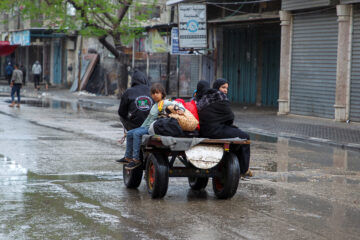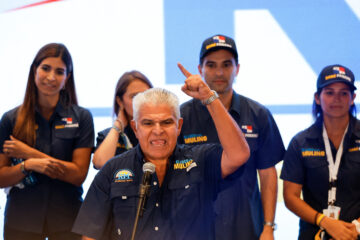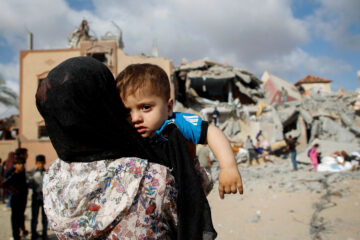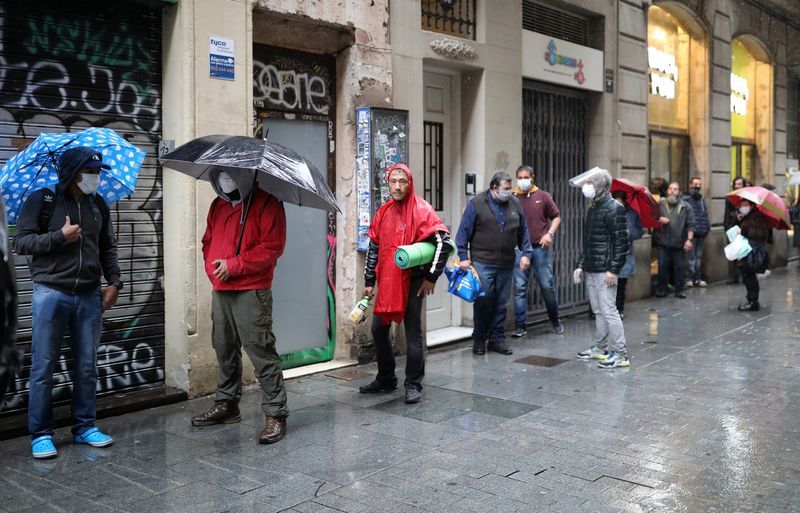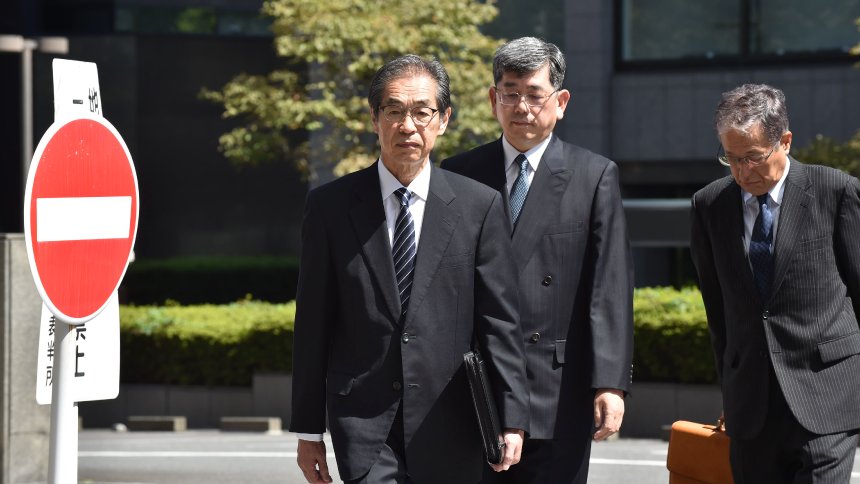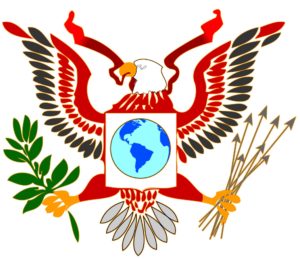Islamic State seizes ancient town of Palmyra in Syria
Government troops have almost entirely withdrawn from the city.
Islamic State group fighters recaptured the north of Syria\’s historic city of Palmyra Wednesday in another setback to efforts to repel the advancing jihadists after the fall of Iraq\’s Ramadi.
Palmyra\’s UNESCO-listed heritage site, including ancient temples and colonnaded streets, and its adjacent museum housing priceless artefacts, are in the city\’s southwest.
"The situation is very bad," said Syria\’s antiquities chief, Mamoun Abdulkarim.
"If only five members of IS go into the ancient buildings, they\’ll destroy everything," he added, calling for international action to save the city.
The head of the UN cultural agency, Irina Bokova, demanded an immediate halt to fighting in Palmyra which was "putting at risk one of the most significant sites in the Middle East".
Hundreds of statues and artefacts from Palmyra\’s museum have already been transferred out of the city, according to Abdulkarim, but many others — including massive tombs — could not be moved.
It was the second time IS has overrun northern Palmyra, after it seized the same neighbourhoods on Saturday but held them for less than 24 hours.
Rami Abdel Rahman of the Syrian Observatory for Human Rights said IS had seized roughly "a third" of Palmyra.
After fierce clashes on the city\’s edges, the jihadists entered the northern quarter on foot and seized a state security building before fanning out as regime forces fled.
"People are very afraid of what will happen, because IS has the capability to get to the heart of Palmyra," said Khaled al-Homsi, an activist in the city.
The jihadists sparked international outrage earlier this year when they blew up the ancient Assyrian city of Nimrud and smashed artefacts in the Mosul museum.
Asked if IS would be able to reach Palmyra\’s ruins, a Syrian military source said "everything is possible in urban warfare".
The source acknowledged the jihadists had infiltrated northern neighbourhoods and said they were engaged in "street fighting".
Mohammad Hassan Homsi, another activist originally from Palmyra, said the fleeing regime soldiers "headed to the military intelligence headquarters near the ruins".
In neighbouring Iraq, fighting subsided three days after IS took control of Ramadi, just 100 kilometres (60 miles) west of the capital.
The jihadists\’ capture of the city was their most significant victory since mid-2014 when they conquered swathes of land, sparking a US-led air campaign to support Baghdad.
The United States says it is now considering accelerating the training and equipping of tribal forces to fight IS following Ramadi\’s fall.
Besides the more than 3,000 air strikes carried out so far, Washington has supported a deep reform of Iraq\’s army and offered training to Sunni tribesmen to reclaim their own provinces.
But that failed to prevent the loss of Ramadi, where militias backed by US arch-foe Iran will now take the lead in any counter-attack and reinforce their influence in Iraq.
US President Barack Obama huddled Tuesday with his national security team but signalled no change of tack, despite mounting calls for a more decisive approach.
"There is no formal strategy review," National Security Council spokesman Alistair Baskey told AFP after the meeting.
"We are looking at how best to support local ground forces in Anbar," he said, "including accelerating the training and equipping of local tribes and supporting an Iraqi-led operation to retake Ramadi."
However there was no suggestion weapons would be sent directly to tribes in Anbar province, of which Ramadi is the capital, instead of via the central government in Baghdad.
On Wednesday, there were no reports of major fighting as senior Iraqi officers said the anti-IS camp needed time to plan and coordinate its operations.
When Ramadi fell, separate militias announced they were rushing forces to the area and blamed the government for making that decision a month too late.
During a visit to Baghdad, Iranian Defence Minister Hossein Dehghan stressed Tehran\’s commitment to Iraqi unity but also emphasised Iran\’s role in the fight against IS.
According to officials from Anbar, at least 500 people were killed in three days of fighting in Ramadi during which IS used waves of suicide car bombs.
The army\’s retreat was chaotic, once again raising questions over the credibility of Iraq\’s regular forces.
At least 40,000 people were forced to flee their homes in the process, and many were left stranded at a bridge separating Anbar from the Baghdad governorate.
The UN appealed for increased assistance to those displaced by the violence.
SOURCE: AFP
[do_widget_area inner_adsbar]

